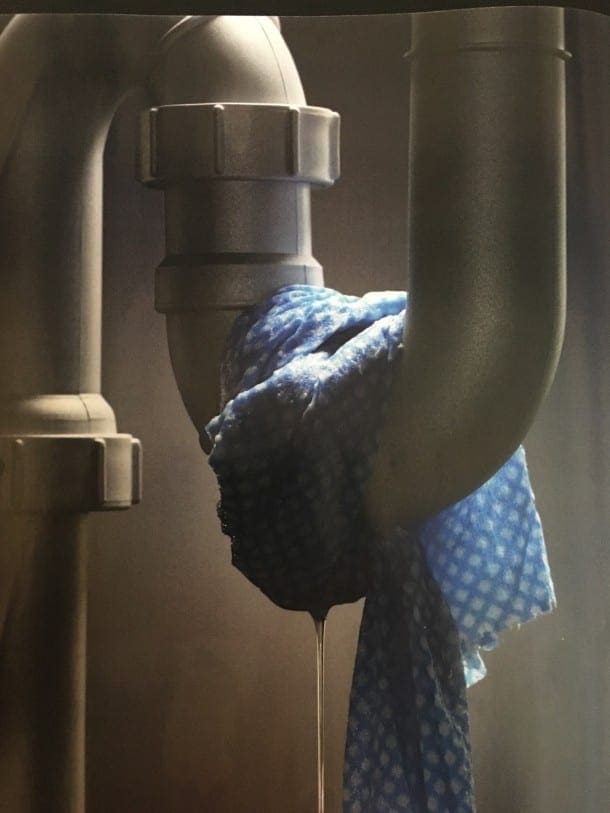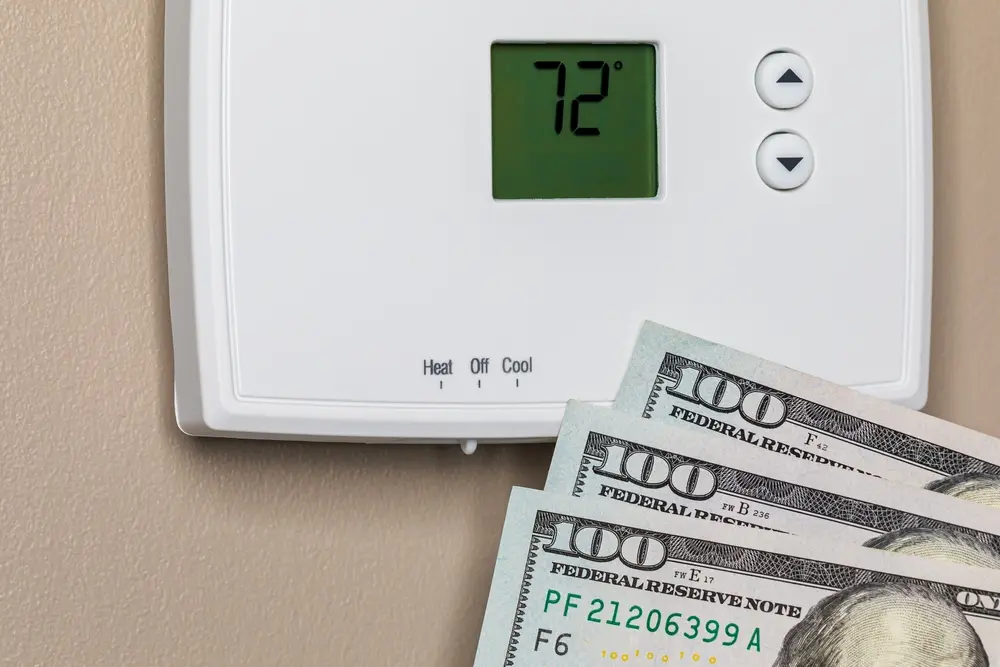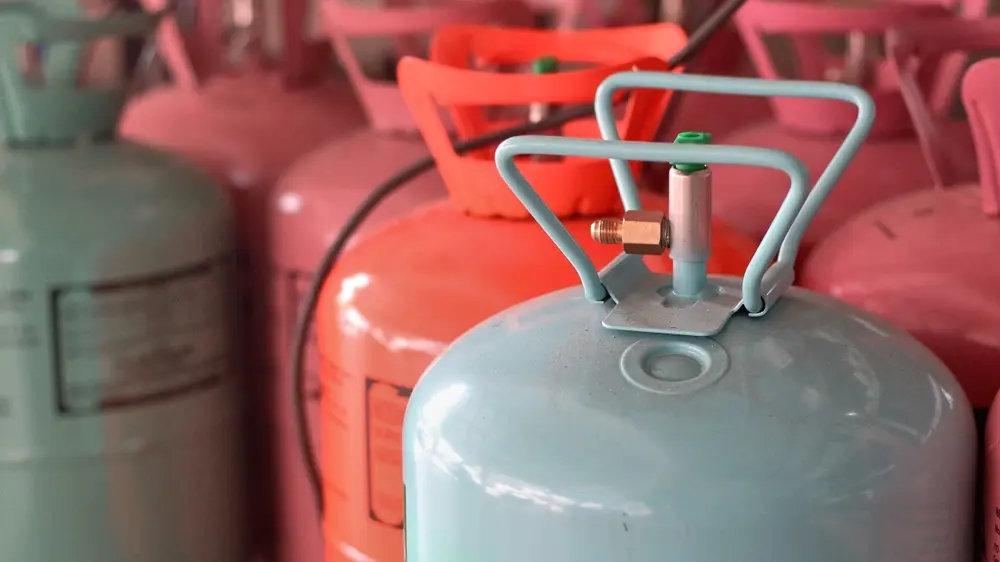
Blog
How to Prevent Frozen Water Pipes

Winters in Indiana begin in November. The temperatures might stay cool and mild for a while, but the weather quickly turns chillier as the last of the leaves fall. It’s during this time when homeowners face one of the biggest risks that cold weather can bring–a frozen water pipe that could potentially burst and cause severe water damage to your home.
That means in November, it isn't just time to rake up your leaves, but it’s also time to winterize your outdoor faucets in preparation for the first Indiana frost. The process takes only a few minutes but is well worth the effort.
First, we’ll cover the dangers a frozen pipe poses, and then go over the three easy steps to protect yourself from an expensive and avoidable headache. Finally, we offer some solutions for thawing pipes if you find yourself struggling with frozen pipe sections after a freeze to help protect your home from damage.
Why You Need to Winterize Your Pipes in Indianapolis
Water will freeze when it reaches 32 degrees Fahrenheit. In central Indiana, the average temperature for December through February can get as low as 18 degrees Fahrenheit. While one cold night will most likely not cause severe damage, prolonged periods of time can lead to a burst pipe.
Winterizing your outdoor pipes and any exposed pipes on exterior walls should be done each fall in preparation for freezing temperatures. This serves two purposes:
- It reduces pressure in the water pipes: This can lead to long-term damage and disrupt your entire plumbing infrastructure. Since cold water expands upon freezing, it exerts additional pressure on pipes. This can lead to the pipe bursting at weak points. Even if your pipe has not burst in past winters, the continual strain from the frozen water is weakening the system as a whole.
- It prevents ice from building up: When ice builds up, it slows the flow of water. This not only puts a strain on appliances such as your water heater, but it also increases energy costs. Plus, if ice builds up in the taps, it can cause the outer surfaces to attract and condense water vapor. When condensed water vapor starts to leak, it causes the accumulation of molds.
How to Winterize Pipes in Your Indianapolis Home
In your home, it’s important to know that some pipes are more vulnerable to freezing outdoor temperatures than others. Specifically, exposed pipes like a faucet installed on an exterior wall or any exposed water supply lines running within the home’s exterior walls are at high risk. This is because these are more directly impacted by the cold outdoor temperature and lack the insulation that interior or underground pipes have.
Any pipes that are centrally located benefit from the home’s heat, whereas outside pipes are too far away to benefit from residual heat from a furnace or heat pump.
Once you’ve identified the pipes to winterize, it can be done in three steps.
1. Turn Off Water
Most outdoor faucets are connected to a shut-off value in your home, which controls the flow of water to the outdoor faucet. Usually, the shut-off valve is located in the basement, crawl space, or utility room. If your home is on slab foundations, the shut-off is more likely inside, near the exterior wall with a secondary one near the water meter.
How to turn off the water depends on the type of shut-off valve you have. There are two primary types:
- Gate Valve: It looks a lot like a small wheel. To turn off a gate valve, you need to simply turn the wheel in a clockwise direction until it won't go any further.
- Ball Valve. This will have a handle coming from the top of the valve. To turn it off, you will need to turn the handle so it is perpendicular to the supply line to shut off the water.
2. Disconnect and Drain Any Attached Hoses
During the winter, you will not need to water the grass or wash off your deck. To prepare for the temperature drop and safeguard your pipes from freezing, it is best to put the hose away until spring. Go outside and detach the hose from the spigot.
Then, roll it up and store it in a sheltered area such as your garage or in a shed. This prevents damage to the hose because any hose left outside may collect water. Water will expand by almost 10% as it freezes. This expansion can damage the hoses, causing them to leak at the connections or develop splits. Taking a few minutes to remove as much water from the hose as possible will extend the life of the hose.
3. Drain the Faucet
Once the water to the exterior pipe is shut off and the hose is removed, you are almost done. It is now time to drain the faucet, also called the hose bib, of any water left in the pipe. This creates some air space to prevent water from damaging either the pipes or valves if it does freeze.
For older outdoor faucets, you are likely to find a drainage port on the water line near the Open port. When draining, place a bucket below it which gives the water a place to collect as the line drains out.
If you can’t find a drainage port, open the faucet outside and allow water remaining in the line to drain out. We recommend leaving the faucet open over the winter to alleviate water pressure in case the line freezes. Although it is unlikely, if your shutoff valve leaks and allows water to reenter the system, an open faucet will also prevent the water from accumulating in the pipes.
What To Do With Frozen Pipes
If you missed the opportunity to winterize your pipes before the temperatures dropped and now find yourself battling frozen pipes, it’s important to take action quickly to prevent frozen pipes from damaging the plumbing in your Indianapolis home.
How to Thaw a Frozen Outdoor Hose Bib
- Open the faucet outside.
- Go inside to where the pipe runs into the exterior wall. This is most likely the basement or crawl space.
- Take rags or towels and wrap the base of the hose bib.
- Pour boiling water onto the cloth. A hairdryer is another option for applying heat to the frozen area.
- Once there is a trickle of water from the outdoor faucet, thawing has begun.
- Winterize the faucet to prevent future freezes.
If you need support in winterizing your pipes or thawing frozen ones, give the trusted team at Chapman Heating, Air Conditioning & Plumbing a call. Contact us online, or call (317) 620-8622 to schedule an appointment today.









